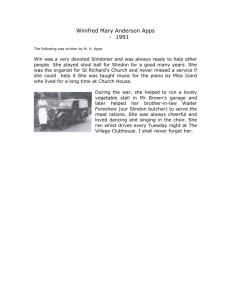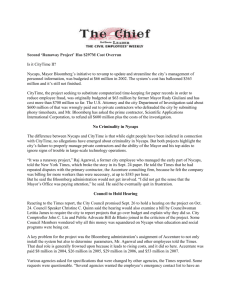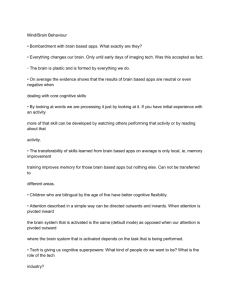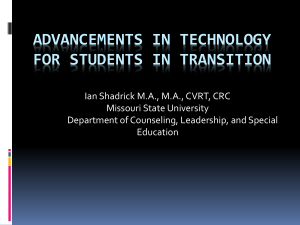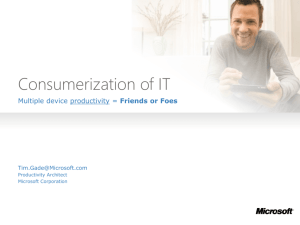Chapter 12 Concepts New 11e Edition
advertisement
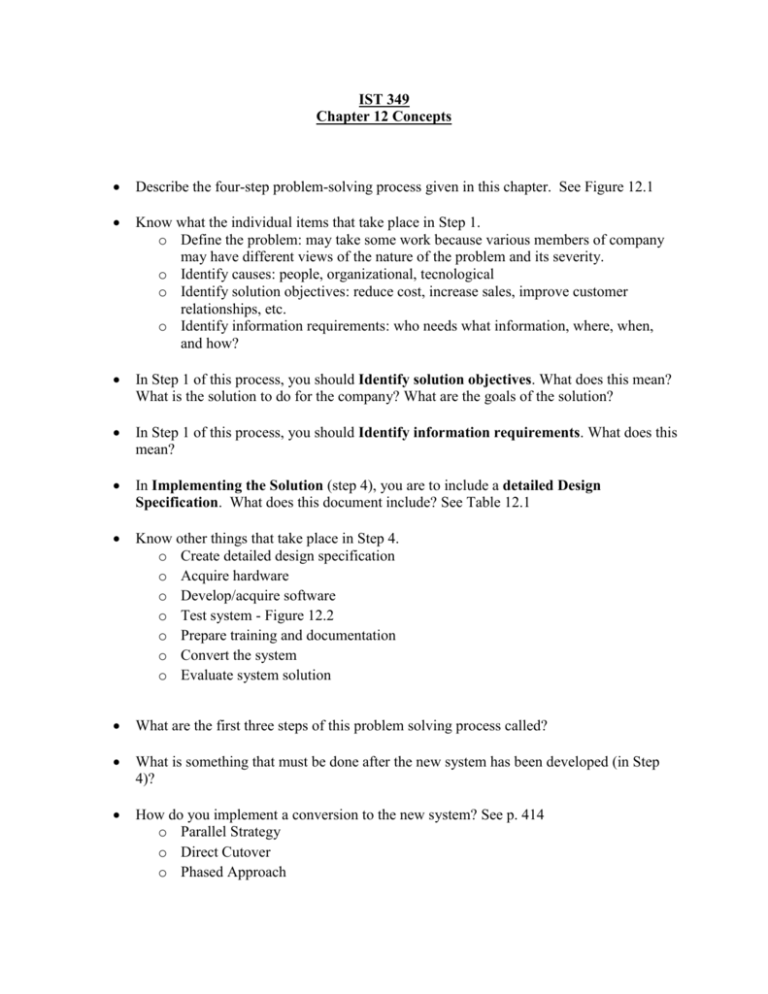
IST 349 Chapter 12 Concepts Describe the four-step problem-solving process given in this chapter. See Figure 12.1 Know what the individual items that take place in Step 1. o Define the problem: may take some work because various members of company may have different views of the nature of the problem and its severity. o Identify causes: people, organizational, tecnological o Identify solution objectives: reduce cost, increase sales, improve customer relationships, etc. o Identify information requirements: who needs what information, where, when, and how? In Step 1 of this process, you should Identify solution objectives. What does this mean? What is the solution to do for the company? What are the goals of the solution? In Step 1 of this process, you should Identify information requirements. What does this mean? In Implementing the Solution (step 4), you are to include a detailed Design Specification. What does this document include? See Table 12.1 Know other things that take place in Step 4. o Create detailed design specification o Acquire hardware o Develop/acquire software o Test system - Figure 12.2 o Prepare training and documentation o Convert the system o Evaluate system solution What are the first three steps of this problem solving process called? What is something that must be done after the new system has been developed (in Step 4)? How do you implement a conversion to the new system? See p. 414 o Parallel Strategy o Direct Cutover o Phased Approach Alternative approaches to building software information systems o Traditional method – referred to as the Waterfall approach – tasks at one stage are completed before work on the next stage begins Figure 12.3 o Prototyping – build an experimental system rapidly for end users to evaluate Figure 12.4 o End user development – end users may create simple information systems. Using fourth-generation languages, end users can access data, create reports, and develop entire information systems on their own. o Rapid Application Development (RAD) – creating workable systems in a very short amount of time. Also known as Agile programming. Case Study: What Does It Take to Go Mobile? Main Point: More companies are developing mobile apps for use by their customers. This trend has some special challenges. Companies should first decide what information their customers want in mobile apps. The mobile technology can fail to deliver benefits to the company if the mobile applications are not properly designed. Case Study: Austin Energy’s Billing System Can’t Light Up Case Study: NYCAPS and CityTime: A Tale of Two New York City IS Projects
